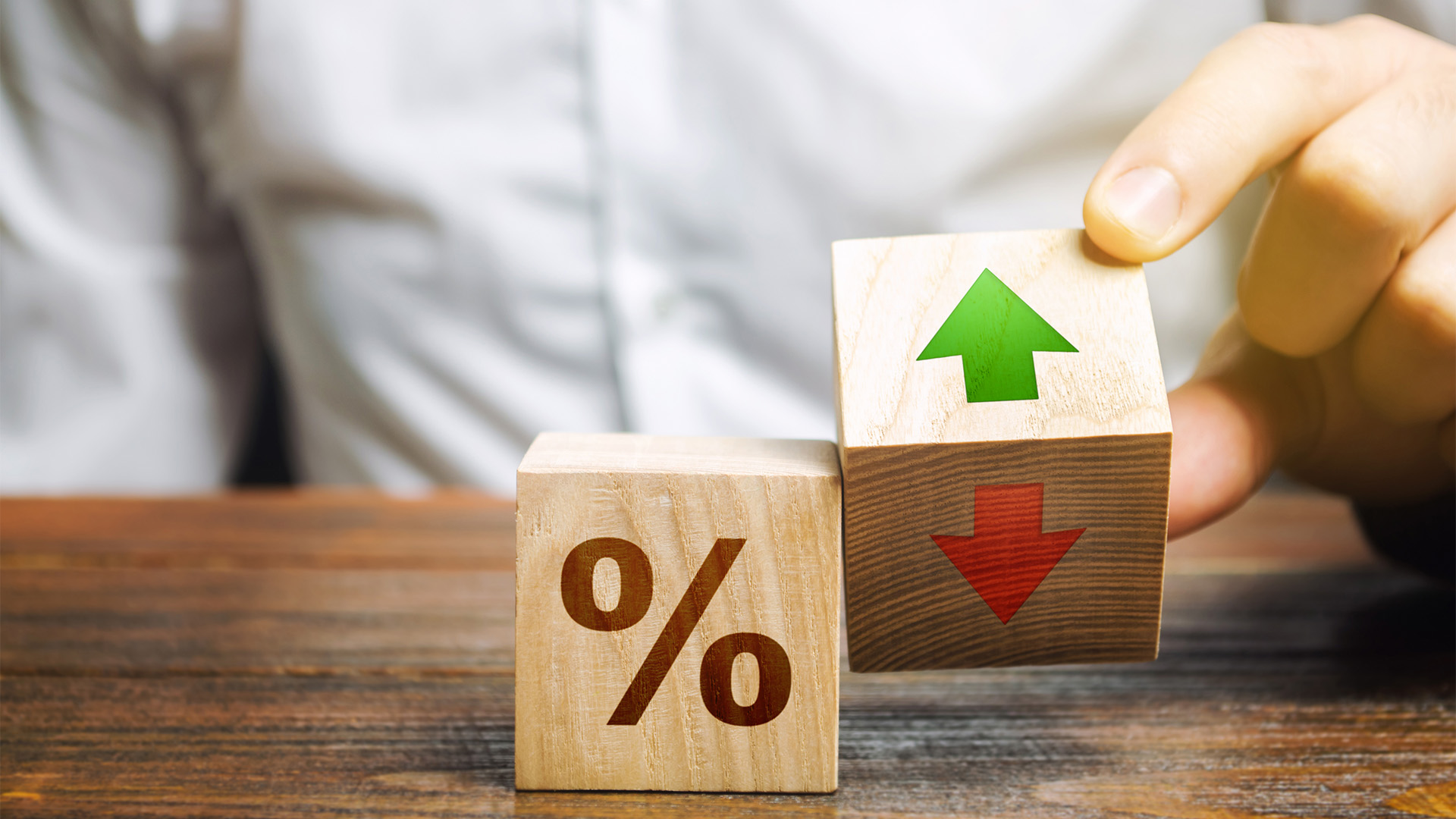Disinflation is a fall in the rate of inflation – a slowdown in the rate of increase of the general price level of goods and services over time (preferably a quarter to a year or more).
It is the opposite of reflation and, more importantly, should not be confused with deflation (which we saw briefly in inflation and in prices – especially oil – in the 2020 pandemic turned negative).
It is also suddenly the new big buzzword of American economic commentary.
Judging by Friday’s first Statement on Monetary Policy for 2023 from the Reserve Bank, disinflationary trends have yet to appear here and it is going to take a while longer for that to occur – it’s all up, up, up for cost pressures, even though the RBA and others think it probably peaked in the December quarter.
Which is the likeliest reason the word disinflation wasn’t to be seen in Friday’s RBA release.
In the US, disinflation has become popular because Fed chair Jay Powell and a couple of other officials at the US central bank have started using it in their recent public appearances.
It is another way of hinting that price pressures are easing on a more sustained basis than merely over a month or two.
For example, on Tuesday in remarks to the Economic Club in Washington, Powell said “The disinflationary process has begun” and went on to note progress especially in goods prices (such cars, TVs).
“However, price gains within the services sector remain high,” which is something the Reserve Bank noted was happening here.
The Fed expects “significant” declines in inflation to occur this year but it will take “not just this year but next year to get down to 2%,” the Fed’s inflation target, Powell said.
And rates will have to remain at a restrictive level “for a period of time” before that happens, he noted.
“There has been an expectation that [inflation] will go away quickly and painlessly; I don’t think it’s guaranteed that’s the base case,” Powell said. “It will take some time.”
US consumer price inflation is down at 6.5% (with an update to come Tuesday night, Australian time with the January data) and core inflation remains at 5%, the lowest in 15 months and down from 6.9% mid-year.
Disinflation is also what the Reserve Bank of Australia is looking for and so far, unlike the Fed, nothing has been spotted by the central bank’s lookouts, hence the tough talk on Tuesday from the Governor, Phil Lowe which was repeated at length in Friday’s monetary policy statement:
“High inflation makes life difficult for people and damages the functioning of the economy. And if high inflation were to become entrenched in people’s expectations, it would be very costly to reduce later. The Board expects that further increases in interest rates will be needed to ensure that the current period of high inflation is only temporary.”
…. “the Board will be paying close attention to developments in the global economy, trends in household spending and the outlook for inflation and the labour market. It remains resolute in its determination to return inflation to target and will do what is necessary to achieve this,” the Bank said on Friday.
That does sound tough, doesn’t it, but the was this comment from Jay Powell last Tuesday:
“The reality is if we continue to get strong labor market reports or higher inflation reports, it might be the case that we have to raise rates more” than is now expected.”
Though price pressures are easing – and Powell said he envisions a “significant” decline in inflation this year – he cautioned listeners and viewers that so far the central bank is seeing only “the very early stages of disinflation. It has a long way to go.”
Powell is saying the Fed sees rates rising but if prices kick back up or the labour market continues at January’s ultra-strong 517,000 new job rate (or 563,000 with an extra 47,000 new jobs found in December), then rates might have to rise further than the Fed currently anticipates.
That’s what the RBA was trying to get across this week, and yet some commentators labelled this as ‘hawkish’ when in fact it’s a realistic monetary policy stance for a central bank to have.
Governor Lowe is saying rates will go up – we don’t know for how long, but markets are expecting another 0.25% rise in March.
Friday’s first Statement of Monetary Policy for the year confirmed the new forecasts for 2023 briefly given in Tuesday’s statement from Dr Lowe.
The bank’s central forecast is for CPI inflation to decline to 4.75% by the end of this year from 7.8% at the end of 2022.
If and when it happens that will be a good example of disinflation and a big fall overall.
The 2023 estimate is a touch higher than the most recent forecast of 4.7% last November. Inflation is seen easing to around 3% by mid-2025 which would put it at the top of its 2% to 3% target range.
But it also indicates that 2024 will be a real slog with little movement of interest rates.
The RBA expects economic growth to slow to 1.5% this year and next. That is slightly stronger than the 1.4% estimate in the 4th Statement on Monetary Policy released last November.
Unemployment is forecast to increase to 3.75% this year (from 3.5% at the moment) and 4.5% by the middle of 2025.
That is also higher than the November forecasts of 3.7% for unemployment by the end of 2023.
Except for still too high inflation, the economic outlook is a little less clear than it was two months ago.
Governor Lowe will have two chances to discuss this and no doubt be monstered by headline-hungry politicians in his appearances this week before a Senate committee on Wednesday and the House of Representatives Economics Committee on Friday.
It could be said that signs of disinflation in public criticism of Dr Lowe will not be in evidence this week.













